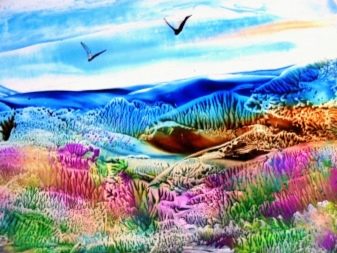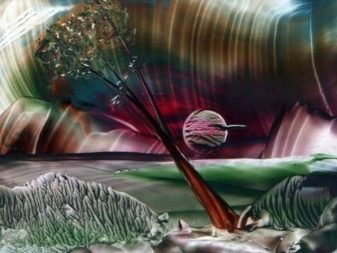Encaustic painting
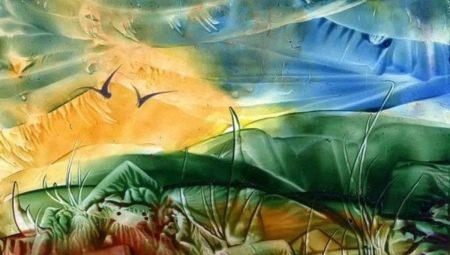
Encaustic is translated from ancient Greek as "burning", but only the technique involves the use of not a burning device to obtain decorative effects, but wax. It is he who binds the colors, creating original canvases. The technique is difficult to perform, but very interesting.
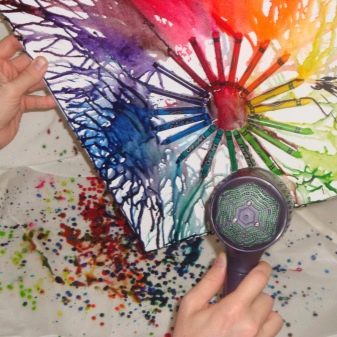

What it is?
Encaustic is not the most popular technique, which may be due to its complexity. The fact is that the painter has to do quite a lot of technically difficult steps in order to realize his plan.
It is necessary to carefully select the paint formulation, prepare each paint in advance, because it will no longer be possible to mix them on a palette right during work.
Also wax painting requires a very quick action while the wax is soft. The base material can only be solid - for example, stone or wood, concrete or even plaster. Finally, there should always be an open heat source on hand, which will warm up the rapidly cooling colorant composition.

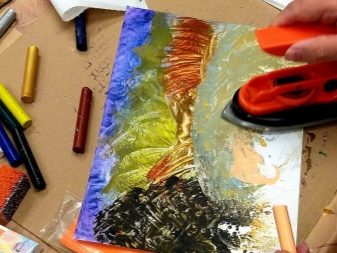
On the other hand, encaustics are technically perfect, although over time it has also undergone changes. For example, In ancient times, for portraits, paints were generally used, the binding component of which was something resinous and wax, sometimes oil was added there. Now they are trying to use the paint that was invented by the artist-restorer Yevgeny Kudryavtsev. He made a viscous and oily substance, because it is based solely on wax. And on the canvas, such paint is applied with an electric pen, from which the composition will slowly drain.
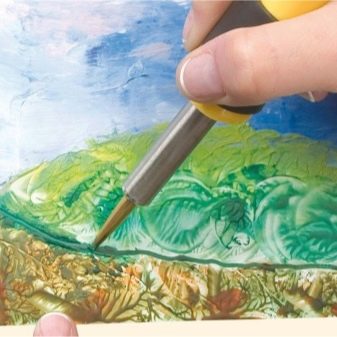
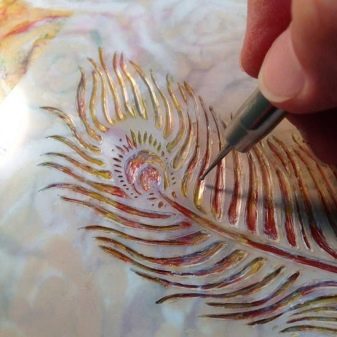
And then there is the wax invented by Fritz Feiss. It is hard, has a high melting point and is very convenient for this technique.Of course, all these nuances are better known to specialists and professionals. Among the outstanding names of encaustic artists, it is worth mentioning Hans Schmidt, Tony Sherman, Esther Geller, Betsy Eby. But there is no need to be afraid that only great masters are subject to this art, it is favorable to beginners, and is adapted for children too.



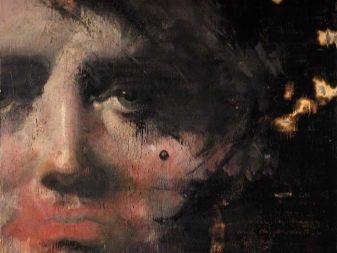
Origin story
The ancient Greeks meant encaustic painting as a method of painting in which heated wax paints lay on a board made of marble or other stone, and then the paints were melted. Simply put, they burned into the canvas. And the artist who did this was called the burning one. It is believed that the origin of this technique dates back to Egypt. And the point is the ingenuity of the ancient masters, who needed to paint the tombs so that the paint remained on the surface and was durable. I had to add something to it, and wax became this component.
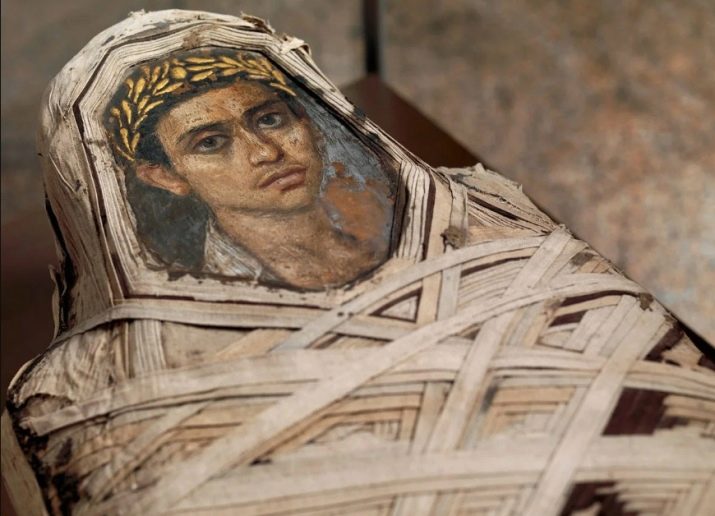
There is a study that Eibner conducted - Egyptian stone paintings were chemically tested. And the age of these paintings is about 3 thousand years BC. The study confirmed that the painting was done with wax paints. It should be noted that the wax was well preserved and could be examined separately. It had the same melting point as fresh wax. It turns out that even before Greece, encaustics existed in Egypt, and that tombs were painted with it. But the information is still not enough, because there are practically no Greek classical monuments of wax painting to study. And large excavations have yielded little in this sense.
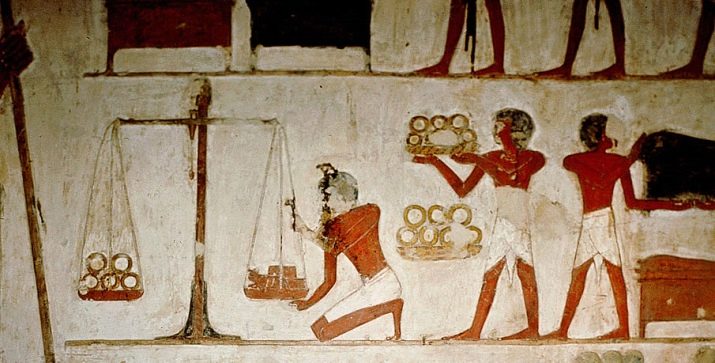
But there is literary evidence that mentions Apelles, Zeukois and other Greek painters, whose works were taken to Rome. Basically, these masterpieces fell into the possession of wealthy patricians. According to some other literary research, it became clear that easel paintings in ancient painting were often done with wax paints, and that the Greeks used the same technique to paint their ships. By the way, even the word "wax" in those days was synonymous with the word "paint", which also speaks of the prevalence and even the dominance of encaustics.
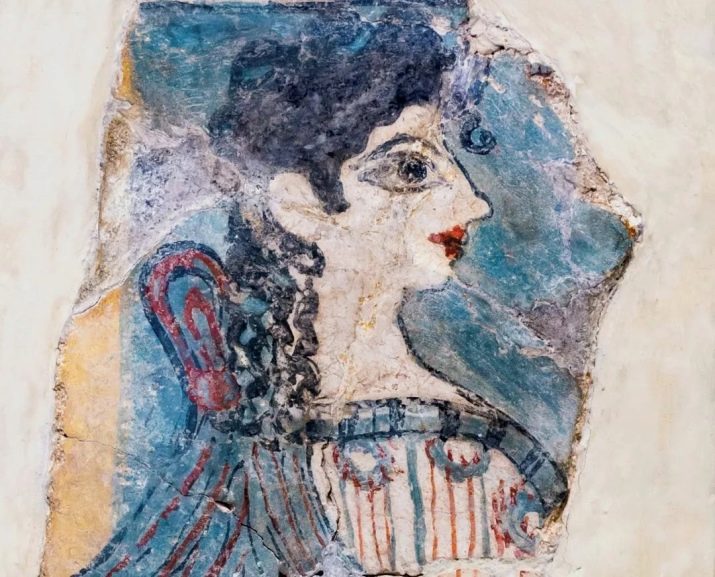
If we run very far ahead, we can say that a new all-important round of interest in wax painting emerged in the 19th century... And "archi" is also used here for the purpose of a pun, because it was the archaeological excavations that stimulated a new appeal to encaustics. For example, in 1845, at Saint-Medard des Prés, near Paris, settlements of ancient creators were found, which date back to the 3rd and 4th centuries BC. The same was found in Belgium, in Gern Saint-Hubert. There, in the tombs, archaeologists discovered beeswax, resins, mixtures, paints and various other devices that could be considered the tools of artists - compasses, a board of gray marble, a bronze spoon, and so on. This helped the researchers of encaustics a lot, but still could not answer all the questions.
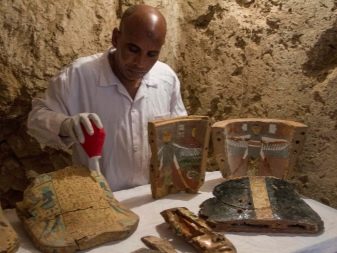
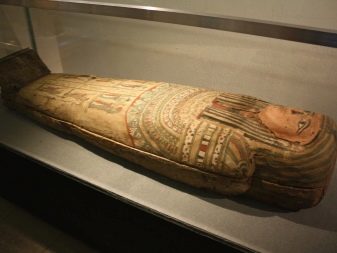
And even the Fayum portraits found in 1887, which clarified a lot, still did not become exhaustive historical sources. The artists argued with scientists, their conclusions did not exactly coincide, and the topic only grew overgrown with questions and doubts. Speaking about the history of encaustics, it is criminal not to recall two fundamental works, authorship of Berger and Schmid.
- Berger "Painting technique of antiquity". This is a work based on the study of ancient sources, if not exhaustive, then very detailed. Nevertheless, Berger made the wrong conclusions. He decided that encaustics did not imply a brush, and this was not the case. And this mistake was worth a lot of confusion. He nevertheless later admitted that the brush was used by artists, and then he went according to a new logic - he developed the theory of "meaningful wax" (wax emulsion), that is, the substance that was calmly combined with the use of a brush. But even feeling for the right path did not allow Berger to fully understand what the ancient encaustics were hiding.
- Schmid "Technique of Antique Fresco and Encaustic". He went further than his colleague. And the main thing is that, unlike Berger, he was not only a theoretician, but also a practitioner. He himself did some serious work in this technique. However, his discoveries were still incomplete, because he wrote only about the hot method. But there were definitely several of them. And Schmid also received a patent for his discoveries, and therefore did not disclose the formulation of paints, did not describe how to work with him.
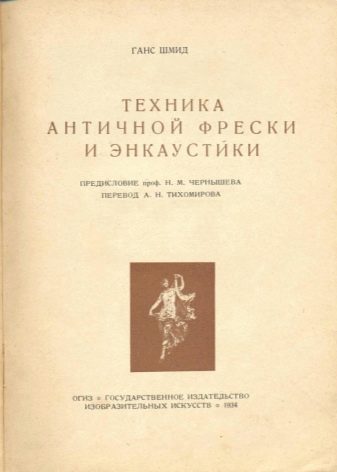
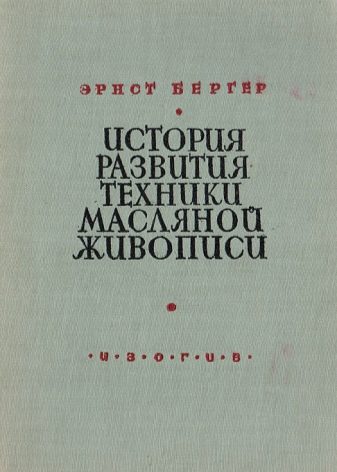
Russian researchers were also engaged in encaustics - Kudryavtsev, Grabar, Kiplik, Ainalov, Farmakovsky.
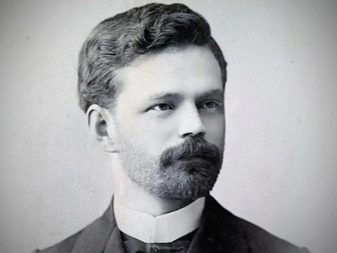
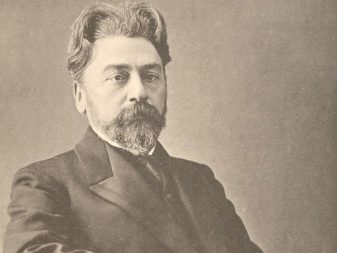
Views
There are several types of wax painting - you can stick to one, you can try different, you can combine.


Smoothing
This is the main technology that melts the wax on the soleplate of the iron. After the wax becomes liquid, the iron is carefully turned over and heated over the canvas. The trick here is that this should be done as delicately as possible, otherwise the canvas can easily be ruined by burn-through.
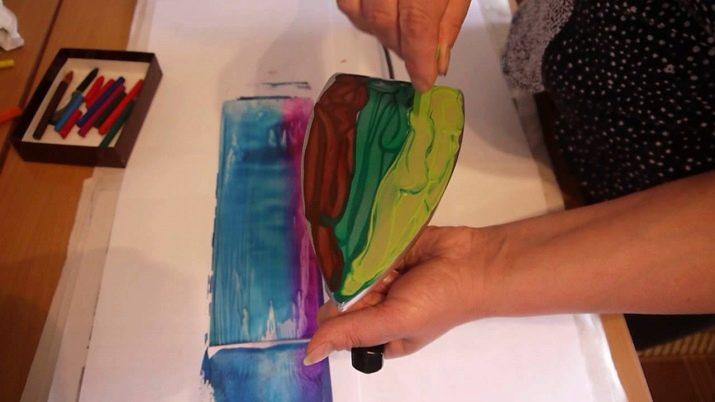
Imprint
Using this technique, they create interesting patterns that resemble the veins of a leaf. Wax is applied to the canvas, then a heated iron is applied for a couple of seconds, no more. It is necessary to lift the device perpendicular to the canvas, otherwise instead of beautiful streaks, something smeared will turn out.
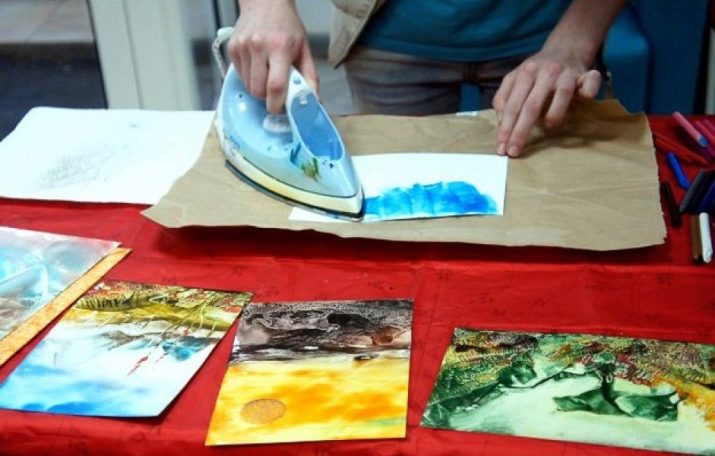
Edge work
This technique helps you to master the drawing of graceful lines of the desired length. For example, stalks of grass or flowers. On top of the pattern, which is applied to durable paper or its analog, lines are drawn with the edge of the iron. And the force of pressing will adjust the thickness of these lines.

Nose job
And this impressive name also refers, of course, to the iron, not to the nose. The tip of the iron is dipped in melted wax, and this is how the details are drawn.
Of course, it is logical not to go straight to drawing a picture in a specific technique, but to work out individual techniques. The technique is interesting, but it requires the use of a heating device, which means that you need to act progressively, carefully.
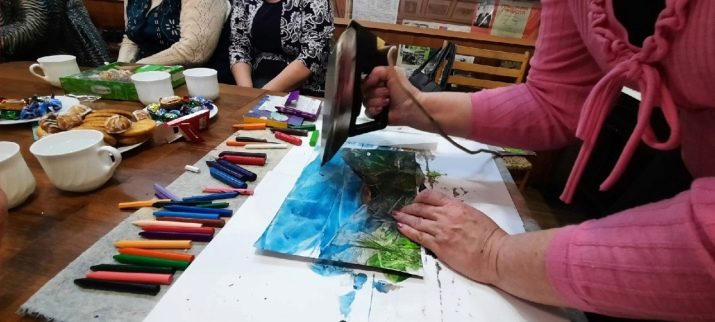
Required tools and materials
If you approach the topic professionally, then the preparation should be appropriate. You need to prepare the following tools.
- Cauteria. This is a pen with a heating tip, it can be of different shapes, with a set of nozzles. In the English version, it is called a stylus. It helps to draw small details well.
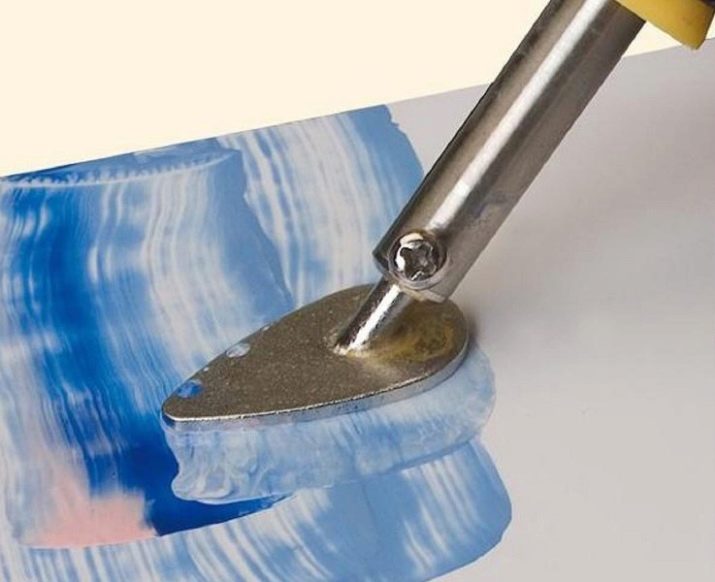
- Iron. This is the main tool. By the way, special irons are sold for encaustics, it is not necessary to take those for ironing clothes. The special iron is small, lightweight and has a removable handle.
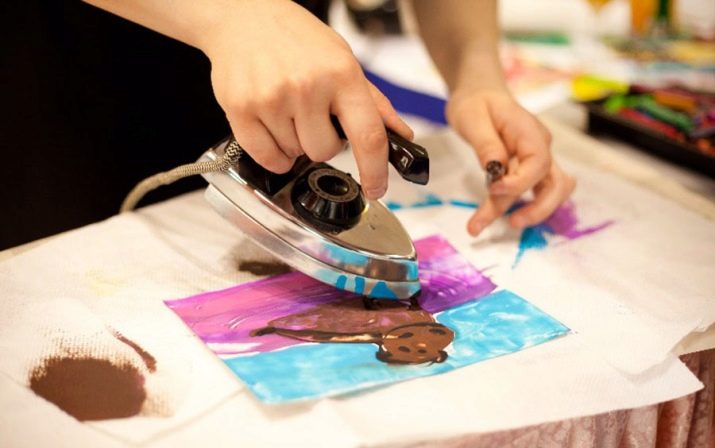
- Colored wax. This is a special wax that actually replaces paints.

But beginners are unlikely to agree to stock up on an expensive set of tools and materials, and will look for a more affordable alternative. For example, wax crayons, glue, as well as thick paper and a hair dryer. And all of the above will help you understand what encaustics is.

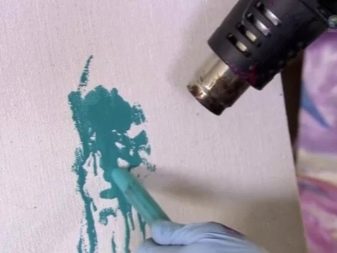
Master class for beginners
The option described below is as simple as possible, but it helps you understand how to paint step by step with wax with a heating device. In this case, it is a hairdryer, not an iron.
Simple MK:
- spread a sheet of paper on a flat surface;
- lay out the fence from wax crayons so that their narrow parts look down;
- crayons are fixed on non-glued labels;
- you need to wait until the glue dries;
- it's time to turn on the hairdryer to the full;
- a stream of warm air is directed to shallow nozzles;
- now you need to smoothly turn the work over as the wax melts, forming stains;
- melted colored wax must be filled in the entire sheet;
- it remains to wait for the painting to dry.

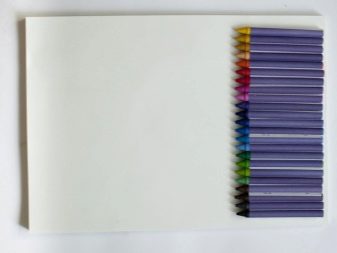

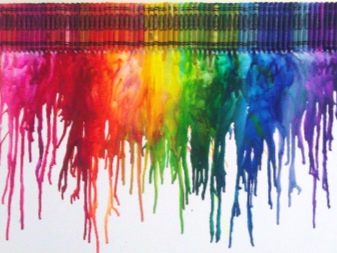
You can complicate the task - when the whole plane is in warm wax, draw lines with the "edge work" technique. And only then dry the picture. Here you can also try out the “impression” technique.
Notable masters
If you want to study those who became famous for their work in this technique, be sure to look at the work Esther Geller... This is an American craftswoman who came up with organic abstraction. She tried a lot of interesting things with wax painting, and she also read many lectures around the world. Which, in turn, greatly popularized encaustics. Also, this list will definitely include Tony Sherman, a Canadian master who became famous for a number of paintings from the Napoleonic era. A Batsy Ebi made calm and gentle paintings that are inspired by classical music. Pedro Cooney-Bravo - an artist who, in addition to wax painting, revives old frescoes.



Of course, it is worth talking in more detail about the Fayum portraits. These are funerary portraits that were practiced in Roman Egypt in the 1st-3rd centuries. They were found in the Fayum oasis in 1887 by the British expedition of Flinders Petrie. Such a portrait replaced the mask for the mummy during the burial. As a result, the artifacts ended up in the collections of museums around the world (in the Metropolitan Museum and in the Louvre, for example, they also exist). There are also 23 funeral portraits in the Pushkin Museum in Moscow. And all of them have been found for today about nine hundred.
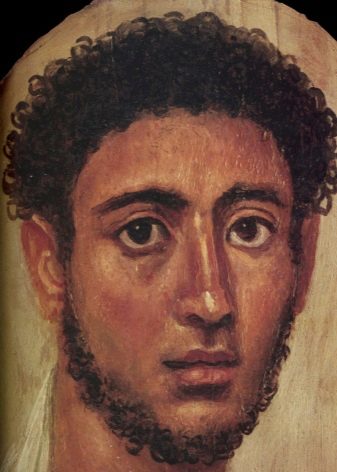
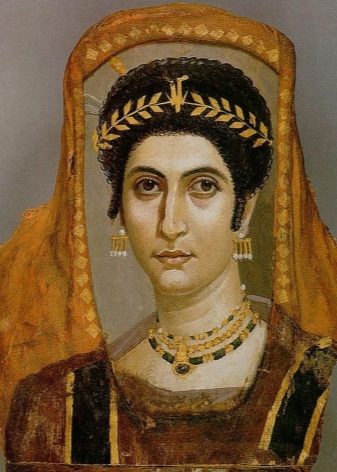
These portraits were distinguished by the use of thin gold leaf. In some places, a completely gilded background could be seen. The portraits were based on wood. Some works were formed in mixed media: tempera plus encaustic. Why the Fayum portraits are so valuable: these are the best examples of antique painting that have survived to this day. They are striking in their realism, depicting men and women of different ages, and the images are surprisingly accurate. I want to stay a little longer near these canvases.
Encaustic is suitable as a kind of creativity for those who want an experiment. Not just classical painting, but the use of some unusual technical component in the work. You never know in advance what will come out in the end. But in the pictures, painted in the encaustic technique, there is a special warmth, mystery, pleasant blur. They are very atmospheric and stylish. Plus, working with heat, melting wax is something intimate, relaxing, something that works as an effective art therapy.
